Ordered arches easily on website
Delivered on day stated
Product as described
Good experience with company
Delivered on day stated
Product as described
Good experience with company
Can’t praise Knights highly enough for their first class response to our problem . Rang early morning with problems with our driveway gates they were here within three hours . Thank you knights
Very pleased with the service provided. The delivery was on time and the quality of the item was very good. I did have one damaged panel and when I raised the issue, they immediately arranged for a replacement panel to be sent. I dealt with Jade Wallace throughout the ordering and delivery process and she was excellent, keeping me informed and providing top notch customer service.
We are extremely pleased with the service and the results
We went by the reviews because we're new to the area and had no personal recommendations. The reviews are absolutely spot on. Very efficient, staff are great, the fence is brilliant, they left everything neat and tidy. Highly recommend.
Prompt and efficient service from the phone enquiry to the work carried out.
Great product - value for money and efficient friendly service - thanks so much
I think these guys are great
Very helpful
Very helpful
quality of materials speedy delivery friendly service very reasonable prices👍😎
Jade Wallace supported me with the highest quality customer service. Fast, to the point, dealt with everything with simplicity and was a delight throughout. Great business and culture.
Trusted, Accredited, and Committed to Excellence
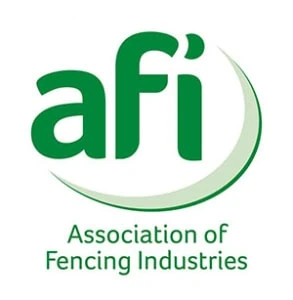

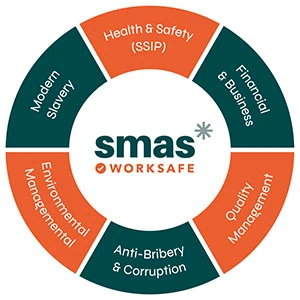
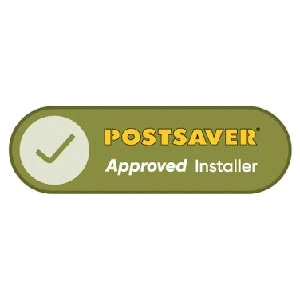




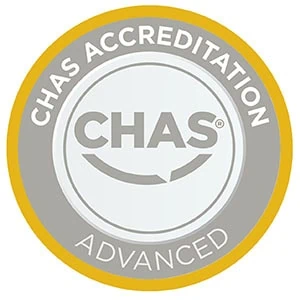

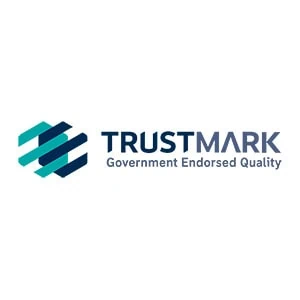
Trusted, Accredited, and Committed to Excellence











Helpful Guides
Knight Fencing
4.9
Based on 34 reviews
News, Tips and Advice
 Knight Fencing students shine on new fencing apprenticeship schemeFebruary 26, 2025 - 12:46 pm
Knight Fencing students shine on new fencing apprenticeship schemeFebruary 26, 2025 - 12:46 pm Knight Fencing improves accessibility at Gloucester Railway StationDecember 3, 2024 - 12:58 pm
Knight Fencing improves accessibility at Gloucester Railway StationDecember 3, 2024 - 12:58 pm Fencing for the future: inspiring students in SelseyNovember 22, 2024 - 1:57 pm
Fencing for the future: inspiring students in SelseyNovember 22, 2024 - 1:57 pm













